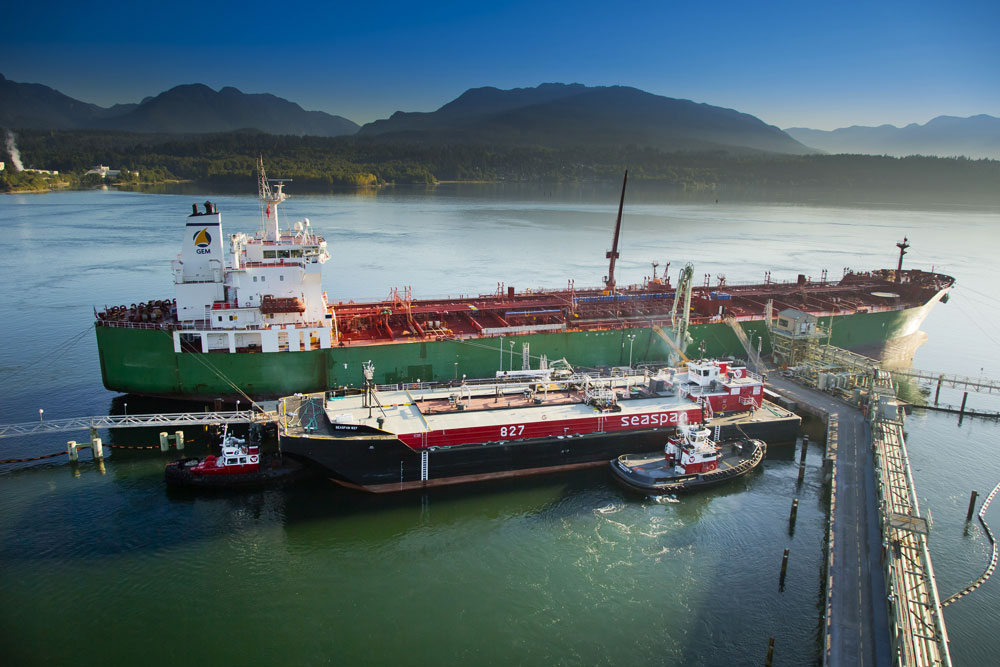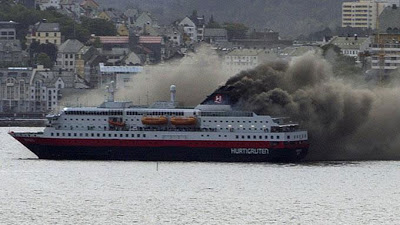A bolt offers lesson
 On September 8th 1989, Norwegian airline Partnair, lost flight 394 with 55 souls on board, off the coast of Denmark. You may ask how exactly does an “old” air accident affect us in the marine industry. As it turns out, this particular accident had profound affect on the Wilhelmsen Lines, the prominent Norwegian shipping company.
On September 8th 1989, Norwegian airline Partnair, lost flight 394 with 55 souls on board, off the coast of Denmark. You may ask how exactly does an “old” air accident affect us in the marine industry. As it turns out, this particular accident had profound affect on the Wilhelmsen Lines, the prominent Norwegian shipping company.
That fateful flight, had been chartered by the shipping company to attend the launching of a new RoRo carrier, in Hamburg, Germany. The fifty employees who perished where from the Oslo based head office, and represented half of the company’s office staff, a devastating blow to the operations for sure.
The purpose of this post though, is to highlight an increasingly large problem that we face today in the maritime world, and which was determined to be the source of the ultimate demise of Partnair 394. The end of flight 394 was determined to be a result of inferior quality parts. Bolts which held the tail of the plane on, were actually counterfeit parts, and were only 60% the strength of the ones specified by the plane’s manufacturer. They failed, the plane tail fell off, and the flight was doomed.
As a result, a massive focus by government regulators was placed on the airline industry and its widespread problems of counterfeit and non spec parts . They initially thought is was an isolated incidents, but soon discovered that fake parts were used everywhere in the system – even on the US president’s famed Air Force One.
I have been noticing over the last few years quite an increase in stories about counterfeit equipment on board as well. So when I saw the documentary about the plane crash, you may start appreciating the implications of the problem. Ironically, Unitor (now a Wilh Willemsen company) Emergency Escape Breathing Device, (EEBD) was subject of counterfeit attack on their products. Some locks used in securing shipping containers were also found to be counterfeit, even the US Navy has been in the news, they found counterfeit computer chips in their equipment.
 I always had it in the back of my mind, to be on the look out for counterfeit parts, but a couple of months ago I really started thinking about it. I was ordering some replacement filter elements for our Separ fuel filters, as in turn out, those could potentially be counterfeit. They were not that expensive (the OEM ones), not that big, yet they were subject of counterfeiter’s attention. It drove home the point that if a seemingly mundane filters could possibly be fake, what else could be as well.
I always had it in the back of my mind, to be on the look out for counterfeit parts, but a couple of months ago I really started thinking about it. I was ordering some replacement filter elements for our Separ fuel filters, as in turn out, those could potentially be counterfeit. They were not that expensive (the OEM ones), not that big, yet they were subject of counterfeiter’s attention. It drove home the point that if a seemingly mundane filters could possibly be fake, what else could be as well.
All this, to highlight a serious problems that we should all be wary about. Check your parts to make sure they are not counterfeit before installing them of your equipment, and possibly jeopardizing your safety.
I read an estimate online, that the cost of global counterfeiting is around 680 billions dollars per year, that’s probably because it is not always easy to spot a fake part.
Some simple tips that I have seen online, which probably wont help, but may be good to keep in mind…
- If its too good to be true, then it probably is. Often times on ships, you just get the part, the cost is not advertise. Most times you don’t even know where in the world it was sourced or how it even got on the ship, so this will make it hard to determine if the price was too good to be true.
- Look for spelling mistakes, packaging errors, or flimsy packaging. Probably the opportunity for actually spotting a fake on board.
- Know your suppliers and the Original Equipment Manufacturer, they will have information on what to look for in their products and those passing off as theirs. Check their website’s “news” area, looking for informational bulletins.
- Take time to get to know your suppliers, and their sources.
- Always be skeptical – this sounds depressing and hard to implement, but your safety and that of your ship may depend on it.
I have not been able to find a good source of information on this topic, but I think that we should all be reminded of this problem and keep vigilant. Here are some other web site offering some tips. Wikihow, AC Delco, consumer goods overview.




Jeeze Martin, thsat gives me hope
:(…especially since Government buys lowest bidder and the buyers are usually clerical types. This gives me a lot to consider regarding contractors.
We have been caught on parts coming out of Mexico. A $100 bolt failure can be a $100,000 engine job.